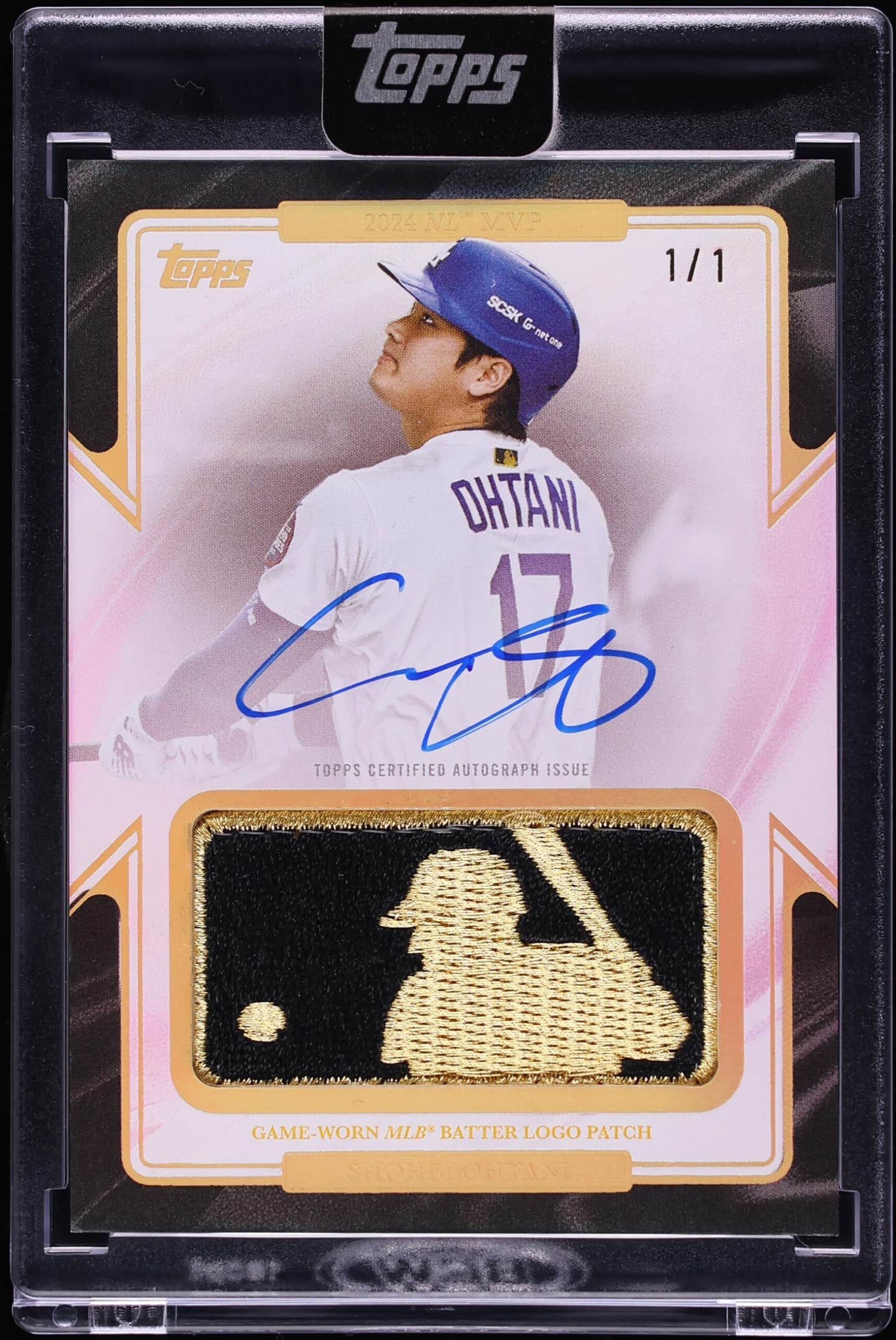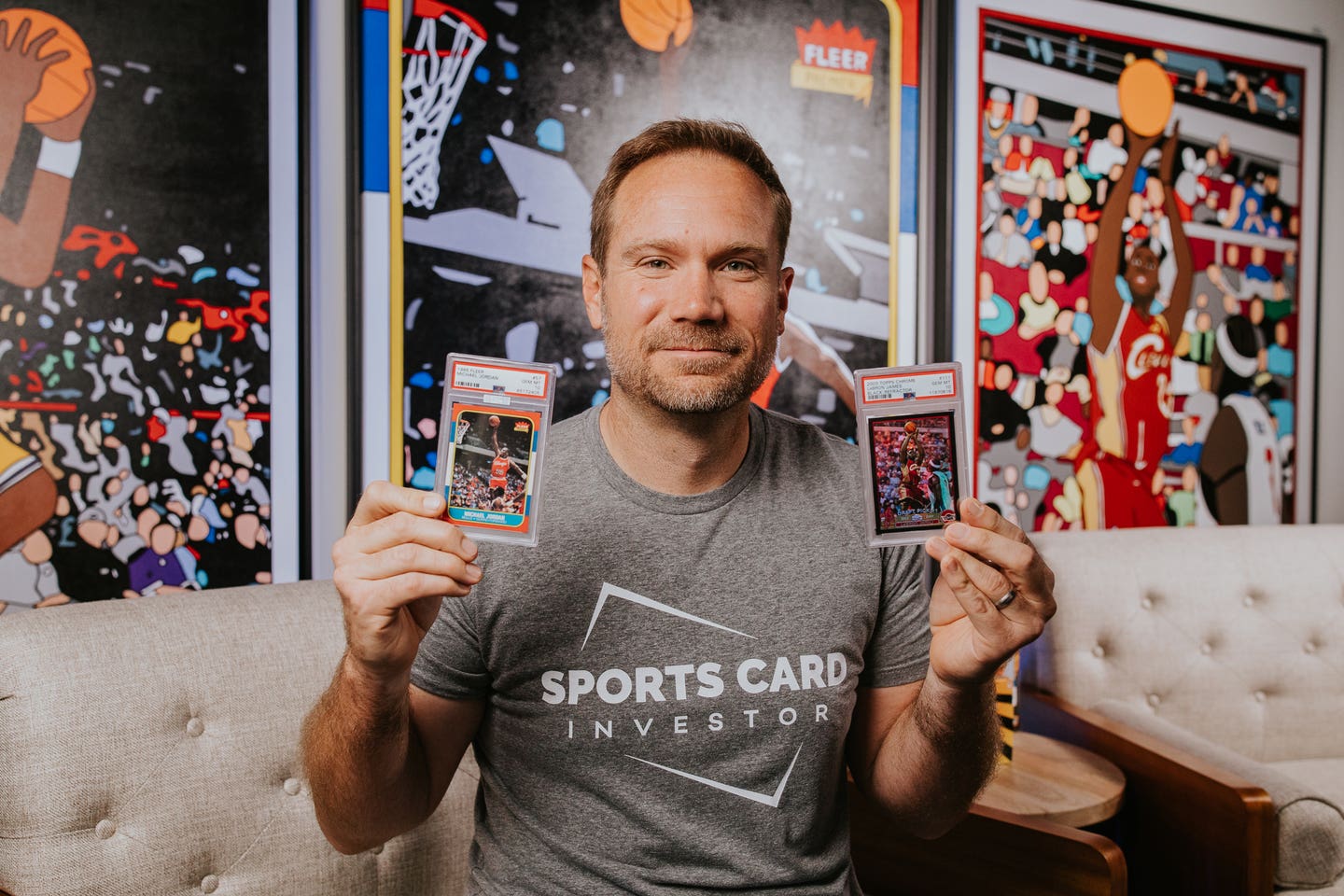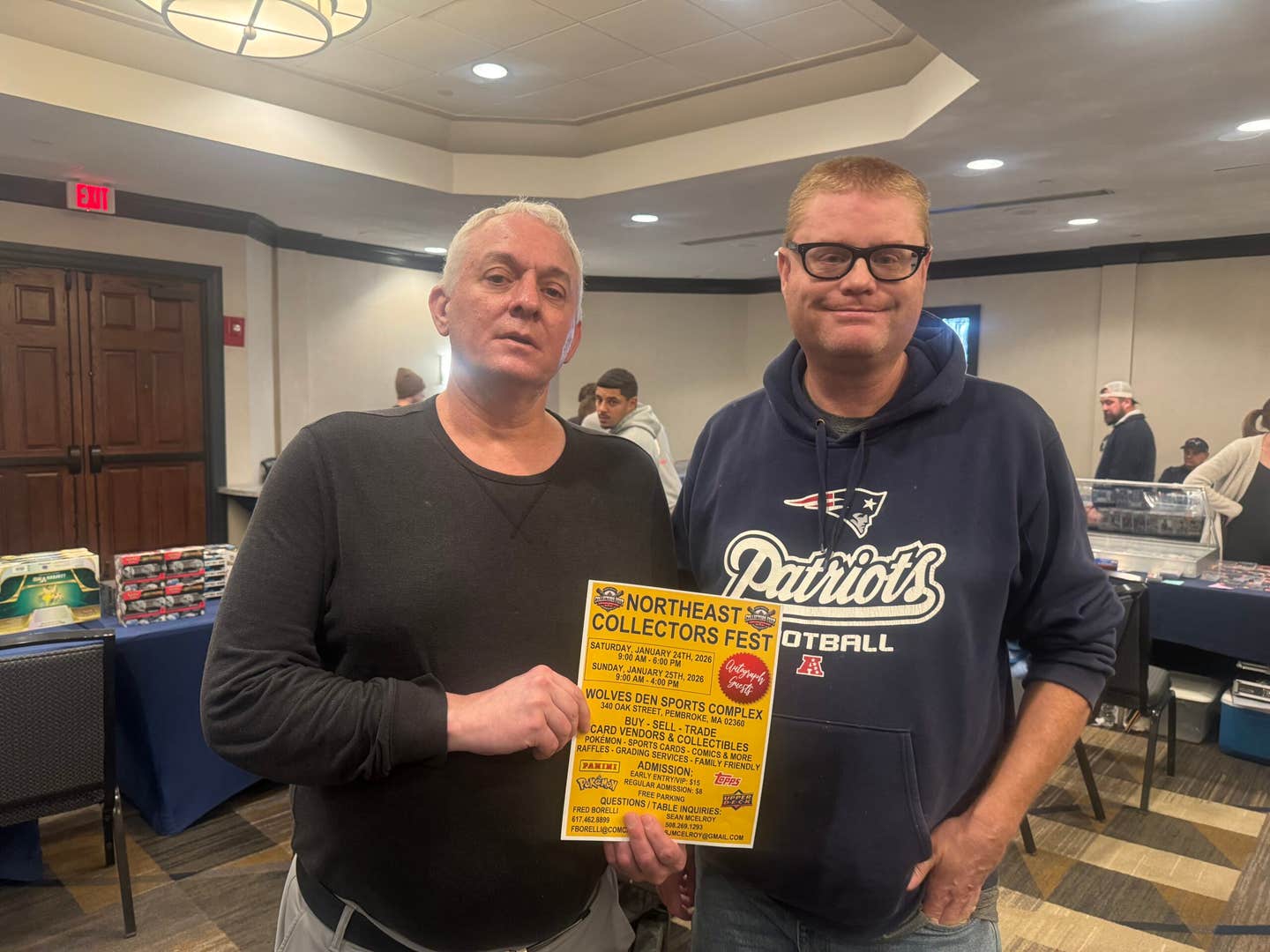News
New book gives Woody Gelman his due …
And we’re back, looking at Dave Jamieson’s remarkable new book, Mint Condition: How Baseball Cards Became an American Obsession, picking up where we left off.
The author provides an intriguing glimpse of Enos Goudey, and offers several possible interpretations of the 1933 Goudey Nap Lajoie story, and later on notes that Jefferson Burdick, creator of the American Card Catalog, had reportedly written a letter to Goudey headquarters asking about the MIA Lajoie. The story goes that Goudey officials sent him a handful, and he in turn gave most of them away to friends.
Like our own worthy historian, correspondent George Vrechek, Jamieson does much to flesh out the story surrounding the peculiar hobby pioneer Burdick, painting an anguished picture of the dying recluse laboring furiously to finish his epic work before his ailments made such cataloging impossible or finished him off completely. As hobby lore has recorded, he just barely made it, with only a couple of months to spare.
From Burdick’s famous parting line as he left the office spaces at the Metropolitan Musem of Art in New York, “I shan’t be back,” it’s on to Topps, Sy Berger and Woody Gelman.
All three are carefully researched and presented in great detail, some of which came by way of Jamieson’s extensive detective work at the National Archives in College Park, Md., poring over the massive volumes from the Federal Trade Commission hearings in the early 1960s looking at Topps’ monopoly in the baseball card business.
In telling the story, Jamieson provides wondrous detail about everything from the early contract machinations with Bowman, the story of the ill-fated 1952 Topps high-number cards that were buried at sea to the initial wrangle with the FTC and later on the squabbles with a fledgling executive director of the players’ union, Marvin Miller.
Though nothing in terms of size like what it would become 25 years later as the hobby expanded, Topps’ unrivaled position was deemed nefarious enough by many to warrant some snooping by the FTC. The company initially was ruled to have been in violation of the Sherman Antitrust Act, then got a reprieve when the decision was overturned by an appelate court.
The section on Woody Gelman may be the most important part of the undertaking, since so little of his picture had been painted in our hobby publications. While his name widely known and his contributions to the hobby certainly appreciated by what we might call “hobby insiders,” those contributions are made a lot clearer and more meaningful with the author’s guidance.
Gelman, the director of Topps product development team in the early 1950s, came from the world of comic books and cartoons, but Jamieson pulls no punches in assessing his impact on Topps’ burgeoning baseball card and bubble gum behemoth. “In spite of his gift for creating comic-strip personalities (think Bazooka Joe), Gelman would make his most lasting mark in the gum-card arena. The baseball cards his team designed in the 1950s were not only unusually attractive but also some of the most fun and innovative trading cards that had ever appeared,” Jamieson writes.
Somebody should probably mention that to the Wikipedia folks. The words “baseball cards” do not appear anywhere in his entry in that free online encyclopedia. Closest they come is mentioning that in 1960 he was an associate editor for the American Card Catalog.
As older hobbyists well know, it was Gelman’s fastidious record keeping and his collector’s obsession with not throwing anything away that helped preserve nearly 30 years of Topps historical archives that might have otherwise been consigned to the junk heap of history.
Thanks, Woody.
Part III tomorrow: From Gelman, it’s on to Upper Deck, PSA, Ken Griffey Jr., Billy Ripken, Bill Mastro, Rob Lifson and the Card Doctor. And who do you think gets the final swings, aside from some parting gems from Jamieson? Bill “King of Commons” Henderson. Nice touch.








